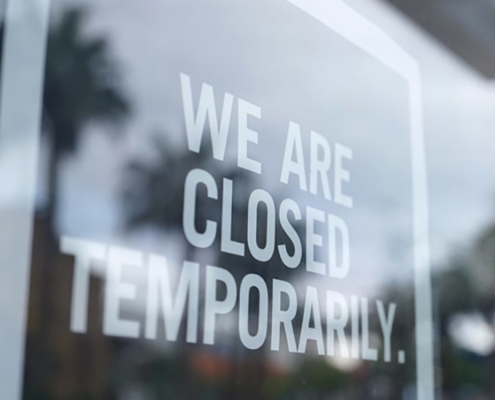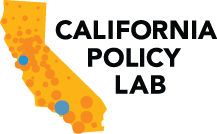Posts

CPL’s New Research Finds Sharp Increase in Share of Unemployed/Under-Employed Workers Who Receive UI Benefits in CA
The UCLA California Policy Lab (CPL) recently released a new…

CPL Releases New Research on the Lost Wages Assistance Program in California
The UCLA California Policy Lab (CPL) recently released a new…

CPL Latest Brief Highlights Unemployment Insurance Claims in California During the COVID-19 Pandemic
Earlier this month, the UCLA California Policy Lab released their…

California Policy Lab Releases Brief on California Unemployment Insurance Claims During Pandemic
The California Policy Lab (CPL), in partnership with the…

